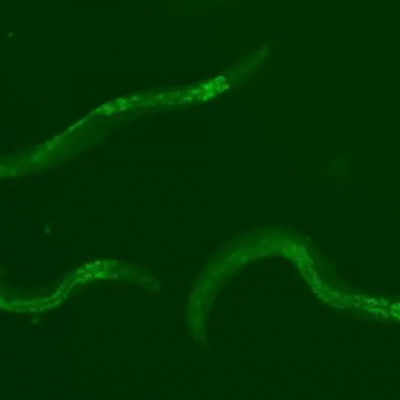Plants may hold the key to understanding the effects of anesthesia on humans. For over 150 years, doctors have been using anesthesia on patients, yet the exact mechanisms of how it works remain unknown. Researchers at the University of Bonn have conducted experiments on carnivorous plants that could provide answers and insights into the effects of anesthesia on humans. The study, published in the Annals of Botany, found that under the influence of the anesthetic diethyl ether, the Mimosa pudica and Venus flytrap plants lost their reflexes and did not respond to stimuli. The researchers believe that the anesthetic affects the functionality of the double-lipid membrane, which prevents the transmission of electrical signals and inhibits the plants’ ability to react.
The Bonn research team also studied the effects of anesthesia on seeds. They found that when garden cress seeds were exposed to volatile anesthetics, they were unable to complete their dormancy and showed delayed germination with yellowish leaves due to a lack of chlorophyll. The researchers suspect that the lamellar thylakoid membranes, which carry green chlorophyll, were affected by the anesthetic. The study’s findings suggest that plants could be used as a model for testing new anesthetics before human trials, potentially reducing the risk to human subjects.
Despite ongoing research, there are still unanswered questions about the effects of anesthesia. If the processes in plants and humans are found to be similar, the results of plant research could be relevant to human medicine. The study’s findings could also help explain why patients under anesthesia experience blackouts. The research highlights the potential of plant research in advancing medical knowledge and improving patient safety.










